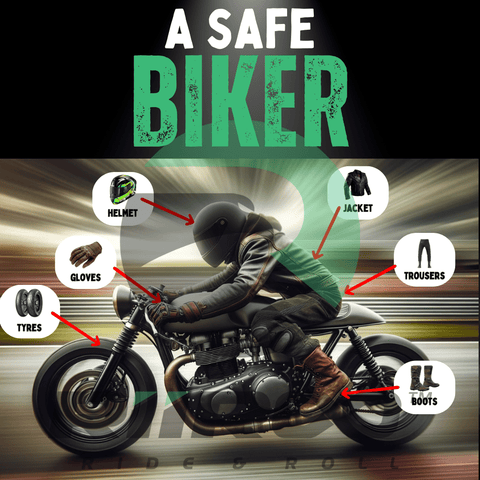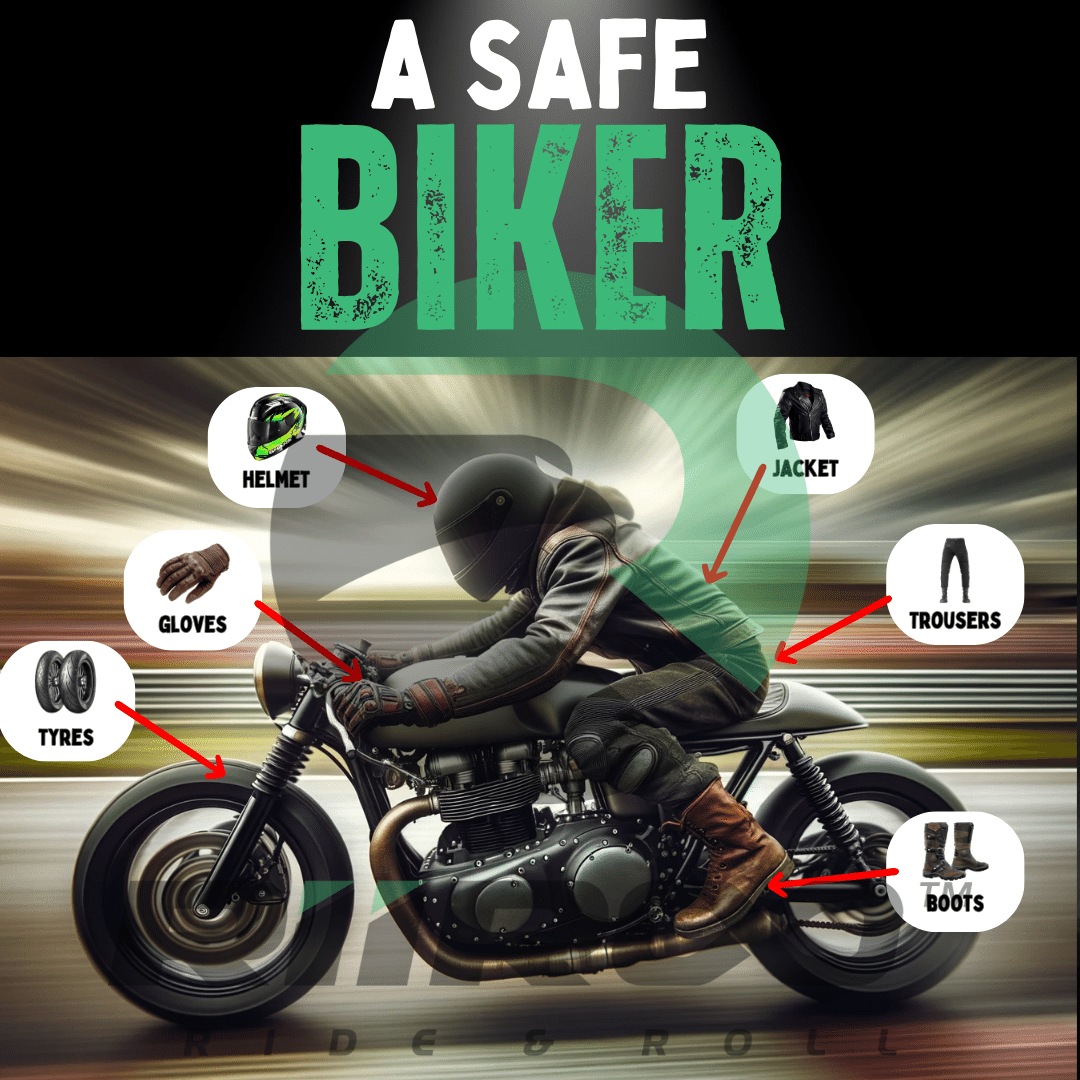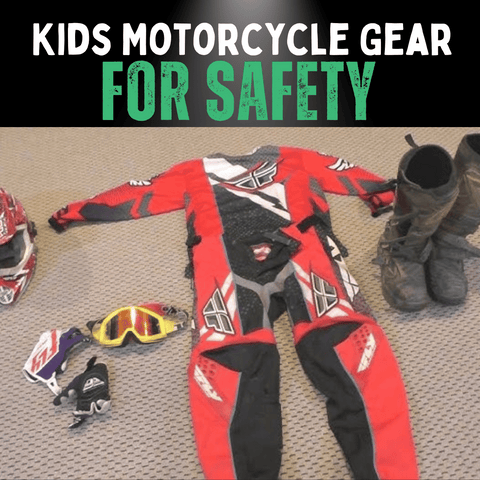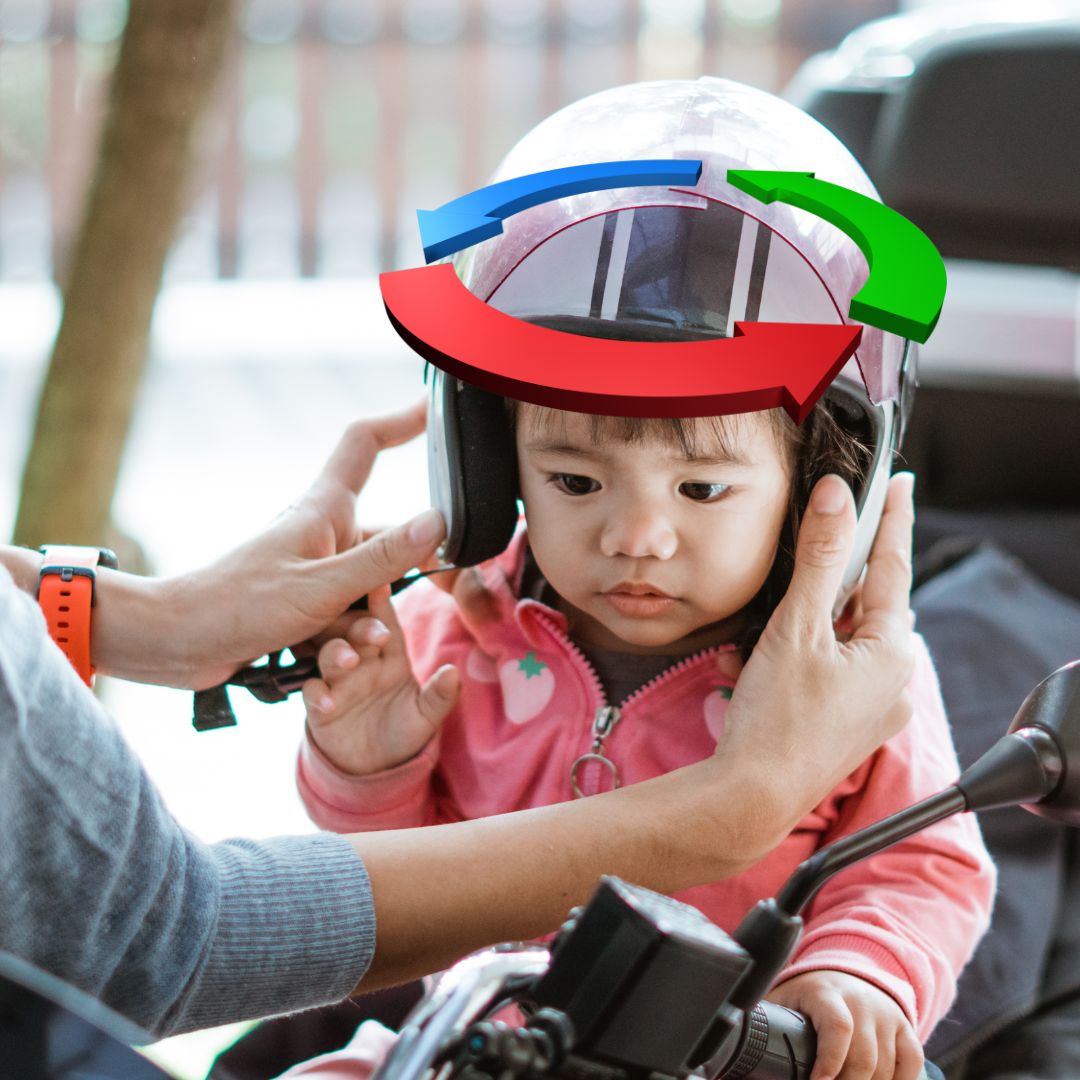
Updated: 25.4.25
Thinking about buying or already bought your first motorbike?
The thrill is undeniable, but safety should never take a backseat.
Let’s navigate this path together, ensuring you're equipped with essential knowledge to enjoy the ride while prioritising your safety.
1. Motorcycle Safety: Prioritise Protective Gear
2. Choosing Your First Bike
Select a motorcycle that matches your ability and comfort. Beginners often opt for lightweight, less powerful bikes that are easier to handle.
Research the best beginner motorcycles and cruisers to make an informed choice.
Related: How to Ride a Motorcycle: A Beginner's Guide
3. Your Journey to a Motorcycle Licence
Start with a provisional licence, complete your CBT certification, then progress to a full motorcycle licence. This ensures you're trained, knowledgeable, and road-ready.
Related: 25 GAME-CHANGING Motorcycle Hacks You NEED to Know
4. Essential Safety Gear
Essential protective gear includes:
- Motorcycle helmets (preferably full-face)
- Protective jackets
- Riding gloves
- Durable boots
Importance of Wearing a Helmet
A helmet is critical to prevent head injuries. Victims of motorcycle accidents often stress the importance of a properly fitted helmet.
Related: 10 CRUCIAL Facts About Motorcycle Helmets YOU Need
Additional Protective Gear
Besides helmets, invest in quality jackets, gloves, and boots. These enhance protection without compromising on style.
Related: 10 MUST-HAVE Kids Motorcycle Gear for SAFETY
5. Pre-Ride Prep
Weather Check
Check the weather forecast to avoid hazardous riding conditions, especially rain, which increases accident risks.
Motorcycle Inspection
Inspect brakes, tyres, lights, and fluid levels before every ride. Proper tyre checks are vital for safety.
6. On the Road
Dangers of Impaired Riding
Never ride under the influence. Alcohol or drugs impair judgment and increase accident risks.
Navigation and Routes
Plan your routes and be aware of local traffic laws. Knowledgeable riding leads to safer journeys.
7. Tips for Effective Communication with Other Road Users
- Use Turn Signals: Clearly indicate your movements.
- Use Hand Signals: Essential for group riding or when indicators fail.
- Position Properly: Stay visible and avoid blind spots.
Road Conditions
- Wet Roads: Slow down and avoid sudden movements.
- Gravel Roads: Reduce speed, stay relaxed.
- Night Riding: Use reflective gear and maintain visibility.
8. Additional Safety Measures
Advanced Rider Training
Continual education sharpens your skills and enhances road safety awareness.
The Importance of Insurance
Motorcycle insurance provides crucial financial and legal protection. Choose a plan that suits your needs.
Motorcycle Maintenance
Regular maintenance, like oil changes and brake inspections, keeps your bike safe and reliable.
In Summary
Riding is thrilling but prioritising safety ensures every journey is protected and enjoyable.
Protect your legs, feet, head, and neck with the right gear, and uphold safety practices on every ride.
Frequently Asked Questions
How should a beginner start their motorcycle journey?
By enrolling in a certified motorcycle training course to build foundational riding skills and safety knowledge.
What gear should new riders prioritise?
A full-face helmet, protective jacket, gloves, and sturdy boots offer comprehensive protection.
What pre-ride checks should I perform?
Always inspect brakes, tyres, lights, and fluid levels before riding to ensure everything is in safe working order.
Are advanced rider courses worth it?
Yes, they significantly improve hazard perception, emergency handling, and overall riding confidence.
Why is motorcycle insurance important?
Insurance protects you financially in case of accidents and covers potential damages or injuries.
Get in Touch 🚀
Loved our article on “Motorcycle Safety: A Beginner's Guide”?
Discover more about ride-on toys and motorbikes at RiiRoo.com!
Or chat with us via Live Chat — we’d love to help!









Share:
Does Go-Kart Drifting Ruin Your Wheels?
How To Ride A Motorbike At Night (UPDATED 2025)